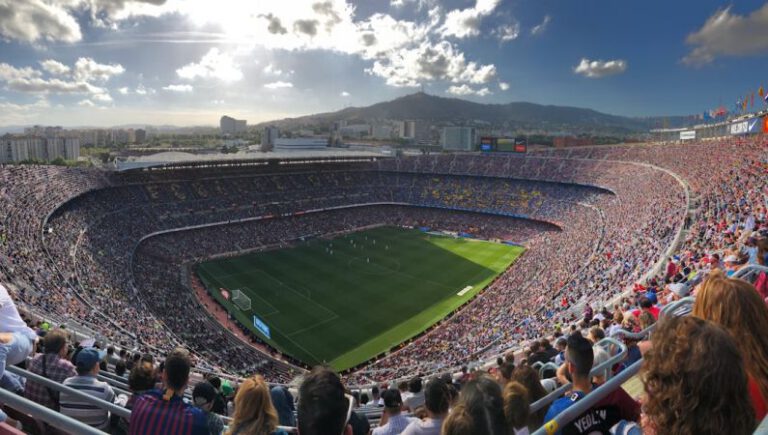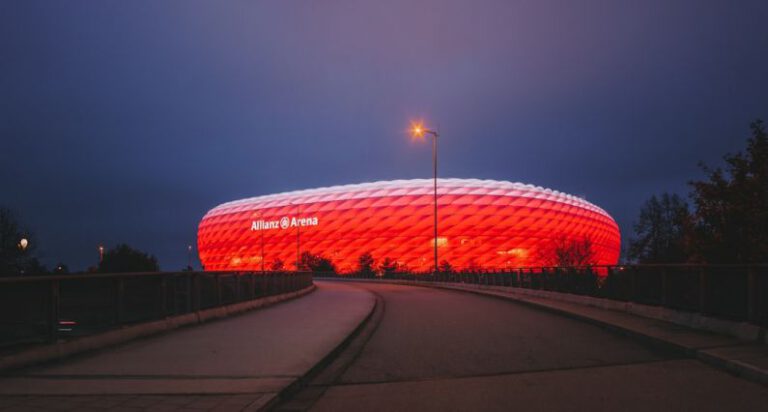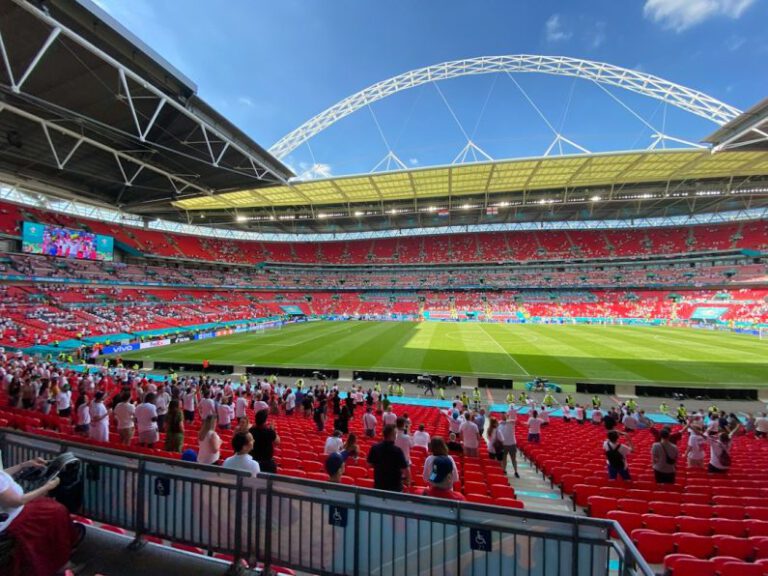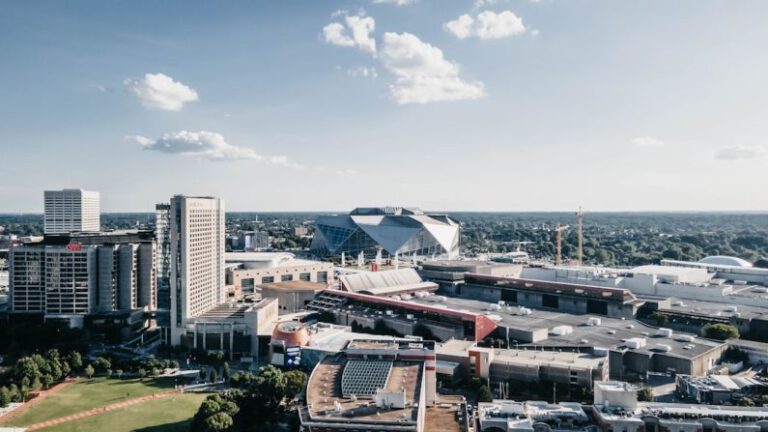The Architectural Brilliance of the Beijing National Stadium
When it comes to iconic architectural marvels around the world, the Beijing National Stadium, also known as the “Bird’s Nest,” stands out as a symbol of modern engineering and design. Designed by renowned architects Herzog & de Meuron, this striking structure was built for the 2008 Summer Olympics and has since become a landmark that represents the fusion of traditional Chinese artistry with contemporary aesthetics.
A Spectacular Design that Defies Convention
The Beijing National Stadium is a true testament to the power of innovative design. Its unique and intricate lattice-like facade, made up of interwoven steel beams, creates a visually stunning effect that sets it apart from conventional stadium architecture. The stadium’s elliptical shape and open design symbolize inclusivity and unity, reflecting the spirit of the Olympic Games.
A Harmonious Blend of Form and Function
One of the most impressive aspects of the Beijing National Stadium is how its design seamlessly integrates both form and function. The structure’s lightweight steel frame not only provides structural support but also allows for ample natural light and ventilation, creating a comfortable environment for spectators and athletes alike. The stadium’s innovative design also includes a rainwater collection system that helps reduce water usage and promotes sustainability.
A Symbol of Chinese Culture and Heritage
Beyond its impressive architectural features, the Beijing National Stadium also pays homage to China’s rich cultural heritage. The stadium’s red exterior, a color traditionally associated with good luck and happiness in Chinese culture, serves as a nod to the country’s history and traditions. The lattice-like design of the facade is inspired by traditional Chinese woodworking techniques, further emphasizing the fusion of modernity and tradition in the stadium’s design.
An Iconic Venue for Sporting Events and Cultural Performances
Since its completion, the Beijing National Stadium has not only hosted major sporting events but has also become a popular venue for cultural performances and concerts. The stadium’s flexible design allows for a variety of events to take place, further highlighting its versatility and appeal. Its status as a cultural hub has solidified its place as a symbol of Beijing’s vibrant arts and entertainment scene.
A Sustainable and Eco-Friendly Structure
In addition to its architectural beauty and cultural significance, the Beijing National Stadium is also a model of sustainability and eco-friendliness. The stadium’s design incorporates various green building features, such as energy-efficient lighting systems and a green roof that helps reduce heat absorption. By prioritizing sustainability in its construction and operations, the stadium sets a positive example for future architectural projects around the world.
Embracing the Future of Architecture
As we look to the future of architecture, the Beijing National Stadium serves as a shining example of what is possible when creativity, innovation, and cultural heritage come together. Its enduring legacy as a symbol of unity, sustainability, and modernity cements its place as one of the most remarkable architectural achievements of the 21st century. Whether admired from afar or experienced up close, the Bird’s Nest continues to inspire awe and admiration in all who behold its architectural brilliance.
In Conclusion: A Modern Marvel that Stands the Test of Time
The Beijing National Stadium, with its striking design, cultural significance, and sustainable features, remains a shining example of architectural brilliance that transcends time and borders. From its intricate facade to its eco-friendly innovations, this iconic structure continues to captivate and inspire audiences around the world. As a symbol of unity, tradition, and progress, the Bird’s Nest stands as a testament to the power of visionary design in shaping the landscape of our built environment.






